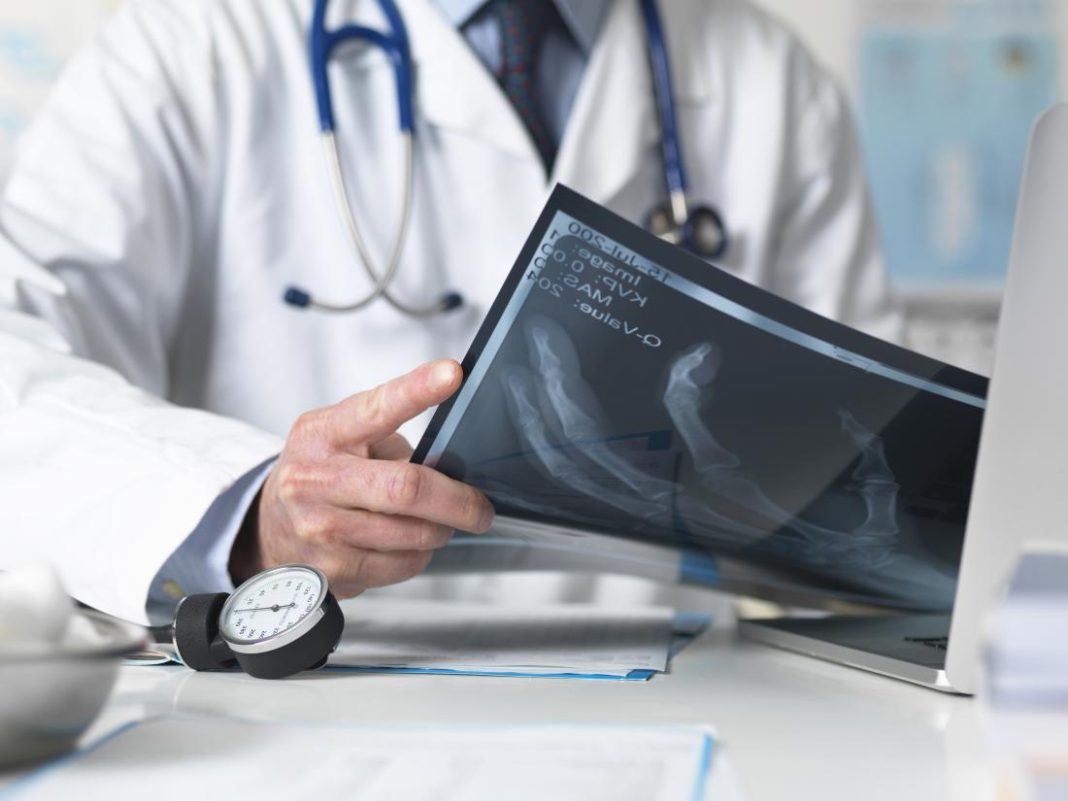Terrifying figures were released in 1999 by the U.S. Institute of Medicine that estimated between 44,000 and 98,000 people die in hospitals every year due to medical errors. Since then, vast improvements have been made in the medical world to keep patients safe and turn these figures around, and it has worked. Recent research suggests that the number of people that now due in hospitals each year has reduced dramatically to between 21,000 and 35,000, so it is clear that successful measures have been taken. But, this figure is still very high so what is being done to combat this further?
In the U.S. in 2015, there were around 65 million surgical procedures carried out. Out of this number, there were around 200,000 deaths from complications or other post-operative problems. There are actions that are being taken to try and reduce this figure, and one of those areas is technical advances. There are now much more high-quality surgical instruments available as well as more advanced training techniques being used than ever before, some of which include patient simulators that enable new surgeons to refine their skills without the risk of harming anyone.
One of the biggest advances in the medical field is in relation to laparoscopic surgery. First introduced in the 1980’s, this type of procedure is much less invasive than traditional surgeries and carry much less risk for the patient. With a smaller incision, healing time is reduced, and the risk of infection is much lower. These are all things that have helped bring down the mortality rate of patients dying in a hospital.
Another way that has been seen to help significantly improve mortality rates in hospitals is by standardizing procedures. With these measures in place, patients receive more consistent care, and we saw vast improvements in patient safety. One of the ways this was done was by introducing a checklist for performing complex procedures to ensure that consistency is delivered every time. This has proved to reduce the number of infections patients significantly with and the overall mortality rate within hospitals.
One area that is improving but still has a long way to go rests with an organization. High-reliability organizing involves people coordinating their attention and actions to improve the functioning of the organization. It enables workers to come closer together to form stronger bonds and a culture of trust and applies to the culture, behaviors, practices, and interactions between patients and medical staff. Effective organizing is the key to further success here. If doctors are able to better organize their work so they can recognize when something is about to go wrong, this could help save the lives of many patients.
But, it is not just down to improving standards and procedures to turn around these ghastly figures, it is also how teams are able to deal with complications as they occur. By improving on patient rescue techniques at a micro-system level and by learning to recognize complications early, we will start to see a significant rise in patient safety figures. This can be seen at John Hopkins Medicine and the Armstrong Institute where comprehensive unit-based safety program (CUSP) has been introduced. This is in an attempt to train frontline medical staff in better teamwork, knowledge sharing, learning and communication and has already been responsible for a reduction in surgical site infections by a third.
Improving healthcare is a long battle, but as long as small steps are taken every day, we will eventually get to a standard that is acceptable. Also, focusing on patient rescue procedures is imperative in this operation, and the PERFECT (Perioperative Enhancement of Rescue by Fostering Engagement, Communication, and Teamwork) Initiative at the University of Michigan is an excellent example of how that is being done. They are looking to build the ideal rescue system by sharing ways organizations can better organize their efforts to recognize and cope with unexpected events. This is the sort of effective organization that is needed to improve our healthcare statistics vastly, and the sooner more hospitals adopt to these techniques the better.
Related Links;
More News To Read











